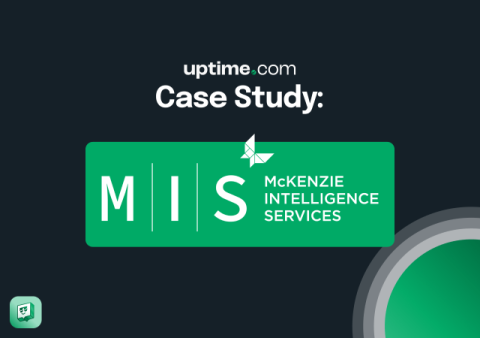Why You Need a Multi-Region Deployment Strategy for Availability
Availability and reliability are crucial for modern software applications and digital services. Meeting service requirements and avoiding downtimes promote customer satisfaction, trust, and credibility. A multi-region deployment strategy can help. Systems that are not reliable or available when needed can cause lost revenue and business, unplanned maintenance, and decreased productivity. Companies can lose up to $9,000 per minute during service downtime.











